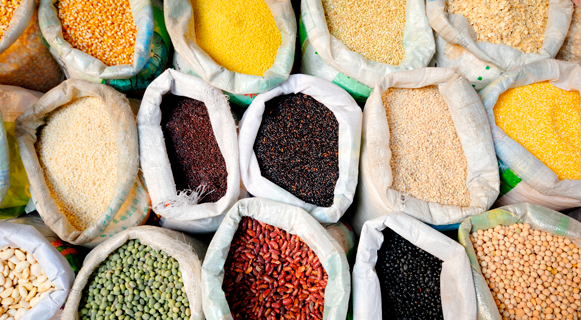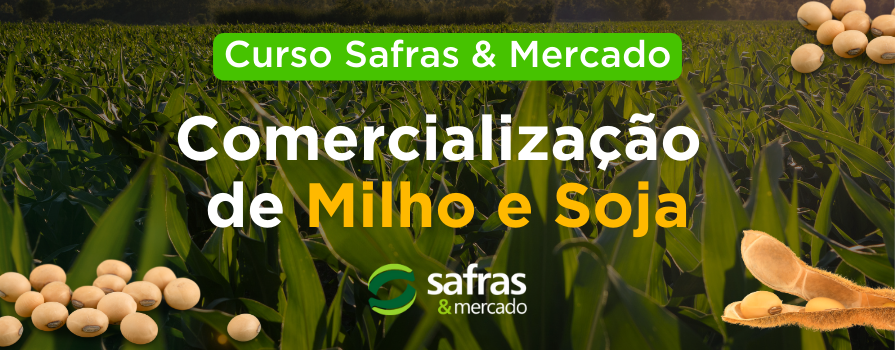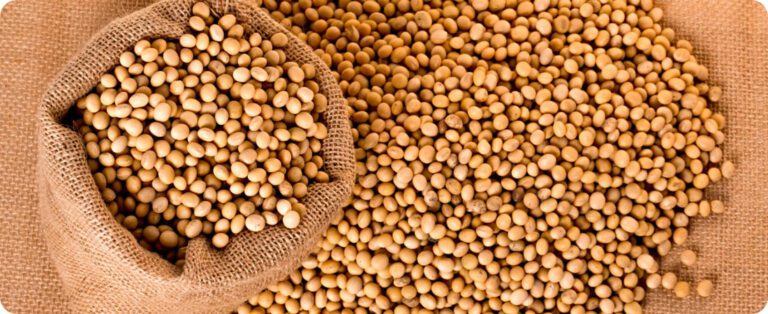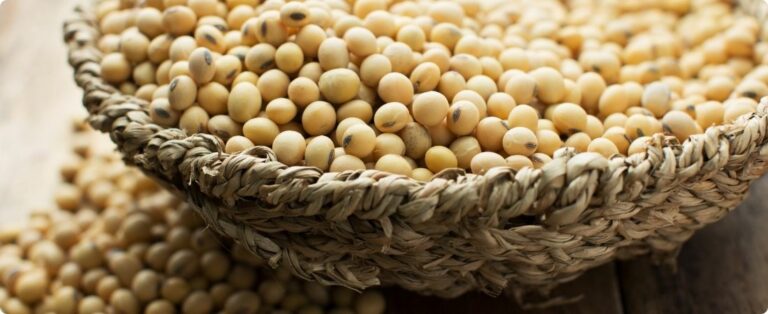
Image: Pixabay
The second estimate for the grain harvest in 2022/23 indicates a production volume of 313 million tons, an increase of 15.5% compared to the result obtained in the last cycle, which represents almost 42 million tons more. The growth reflects an estimated increase in the soybean planted area. Overall, the area sown in the country is expected to reach 76.8 million hectares, compared to the 74.5 million hectares cultivated in 2021/22, as shown in the 2nd Grain Survey of the 2022/23 Harvest, released this Wednesday (9) by the National Supply Company (Conab). “This increase is explained, among other factors, by the advance in important agricultural producing states in areas of degraded pastures, or even by the option for oilseeds over other crops due to better profitability”, ponders the president of Conab, Guilherme Ribeiro .
According to the survey, the projection is that around 43.2 million hectares across the country will be destined for soybean sowing. With an expected productivity of 3,551 kg/ha, production is estimated to be around 153.5 million tons. The planting of the 2022/23 oilseed harvest reaches 57.5% of the planned area after a slow start due to localized rainfall in some states. In Mato Grosso, the main grain producing state, work is approaching its end and crops are developing well, despite irregular rainfall. In Goiás, Minas Gerais and Matopiba, planting continues at a slower pace than last harvest due to the weather conditions recorded in October. In Mato Grosso do Sul, this is considered one of the crops with the best development in recent years. In Rio Grande do Sul, the start of sowing continues at a percentage below that recorded in the same period of the last cycle; Meanwhile, in Paraná and Santa Catarina, low temperatures and excessive rainfall compromise the initial development of the crop in several regions.
For corn, the expectation is that total production will be 126.4 million tons. In the first cereal harvest there is a reduction of 3.1% in the area to be cultivated, attributed to the increase in production costs and the high pressure of leafhopper occurrence. “With this measure, producers hope to reduce the infestation of this pest in the next crop by eliminating the “green bridge”, which would be the presence of corn during the summer and, therefore, reducing the pressure of the insect in the second harvest” , highlights the Company's director of Agricultural Information and Agricultural Policies, Sergio De Zen.
{module Form RD}
Conab also foresees a reduction in area for rice and beans. In the case of rice, the biggest drop occurs in the dryland planting area of the crop. With an estimated area of 1.5 million hectares and a recovery in average productivity from 6,667 kg/ha to 7,012 kg/ha, as the last harvest was marked by drought in the south of the country, the cereal harvest is estimated at 10.6 million tons. In the case of legumes, the decrease should reach 2.7% in the total area planned to be sown, adding up all crop cycles. Still, total bean production in the country is estimated at 2.9 million tons.
Among winter crops, the record wheat harvest stands out. The expectation is that farmers will harvest 9.5 million tons of grain this harvest, a value 23.7% higher than the previous cycle. The good result should be obtained despite the reduction in productivity of crops in Paraná, damaged by excess humidity, recorded throughout September and October this year, which also tends to reduce the quality of the respective harvested product. The adverse situation in the state of Paraná was offset by favorable weather conditions in Rio Grande do Sul, with yields obtained above 55 bags per hectare and good quality of the harvested grain.
For wheat, the expectation is for the harvest to end with a carryover stock of 1.3 million tons, an estimate 11.58% higher than that of October. With the review of production for the 2022/2023 harvest (started in August 2022) to 9.5 million tons, in addition to supply, the expectation of domestic consumption was also updated, with regard to use for seeds. In the case of corn harvested in the 2021/22 harvest still being sold, supply and consumption data remained stable in relation to the previous survey. On the other hand, carryover stocks were adjusted to 7.6 million tonnes, given the increase in export estimates to 38.5 million tonnes and the increase in imports to 2.5 million tonnes. Regarding production in 2022/23, the outlook is for an increase of around 6.2% in domestic consumption and a projection of continued heated external demand for the cereal, which together with greater Brazilian production tends to result in an increase of 16 .9% in shipments, with an export forecast of 45 million tons.
For the 2022/23 soybean harvest, there were no significant changes in relation to what was estimated in the previous month. Due to the increase in area and production, estimates of losses and seeds increased by 27 thousand tons (0.7%) and export expectations were updated to 96.4 million tons. There was, however, a reduction in ending stocks for the 2022/23 harvest as a result of lower stocks expected for the 2021/22 harvest. Cotton estimates also remained stable in this 2nd survey, in relation to those in the 1st. The highlight is the increase of 3.73% in ending stocks, due to the prospect of increased production.
Source: Conab | Notícias Agrícolas















